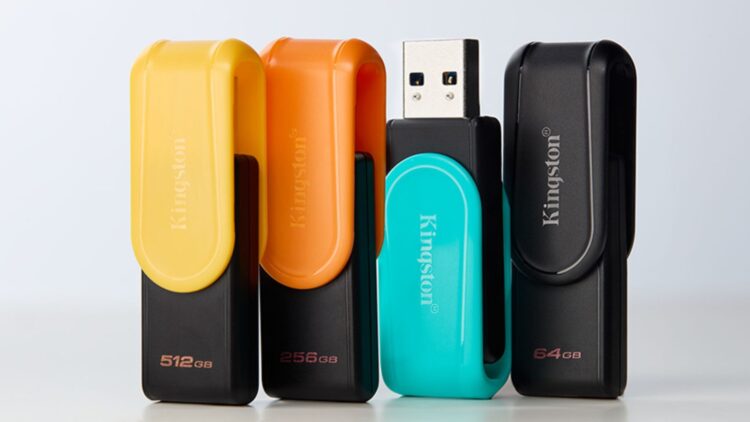USB drives or USB sticks are devices whose function goes beyond just storing or transferring data. In fact, the enhanced USB 3.0 models have become an essential in the tech world. Although the main use we associate with USB drives is data storage, they also work as a tool to increase computer memory, thanks to Windows’ ReadyBoost feature. They can also be used to install operating systems like Windows or Linux, and can even repair your computer when it won’t start. They are also useful for expanding memory on iPhones, iPads, and Android operating systems, and through programs like USB Raptor or KeyLock, they can also be used as security keys.
One of the main tools that have been used in the world of technology, both for transferring and storing data, has been USB drives. These devices are globally known for their practicality, convenience, and efficiency. Available with different storage capacities, they provide a solution for transporting information as well as storing it. However, technological advances have also improved the qualities of USB drives, especially with USB 3.0 models. These improvements have added other capabilities to these devices, in addition to file transfer and extra storage, such as being a rescue tool or even a digital security element.
Five different uses you can give to your USB drive
Increase computer memory
A USB drive can boost system performance. Although it doesn’t replace RAM, it helps optimize the operation of older machines thanks to Windows’ ReadyBoost feature. It’s as simple as plugging in the USB drive, right-clicking on the unit, going to Properties > ReadyBoost, and activating the Use this device option. The faster your USB, the better performance you’ll get.
Installing Operating Systems
CDs and DVDs are a thing of the past and are no longer an option. Windows or Linux can be installed directly from a USB drive. Microsoft offers its “Windows Installation Tool” and, in the case of Linux, applications like UNetbootin make it easy to create a bootable drive. Once set up, simply restart the computer with the USB drive connected and adjust the BIOS to boot from it. This is an ideal option for technicians or users who frequently format computers.
Repairing your PC when it won’t start
If your computer fails, you could fix it with a USB drive. There are tools like Hiren’s BootCD PE, through which you can run a lightweight operating system from the USB and access repair programs, antivirus software, or data recovery tools. To do this, you need to download it from the official website, install it on the drive, and restart the computer with it connected.
Expand the memory of your iPhone, iPad, or Android
They are also useful for expanding storage on mobile devices. In the case of iPhone and iPad with iOS 13 or later, you just need to connect a USB-C drive or a model with a Lightning connector. For Android devices, USB-OTG compatibility allows you to connect an external drive directly to transfer files, free up space, or make backups without relying on the cloud.
Use it as a security key
With programs like USB Raptor or KeyLock, you can turn your flash drive into a digital key: the computer will remain locked until you connect the drive. It’s an easy way to protect your data in offices or shared environments. Ideally, use a small model or one with a keychain, easy to carry and hard to forget.
